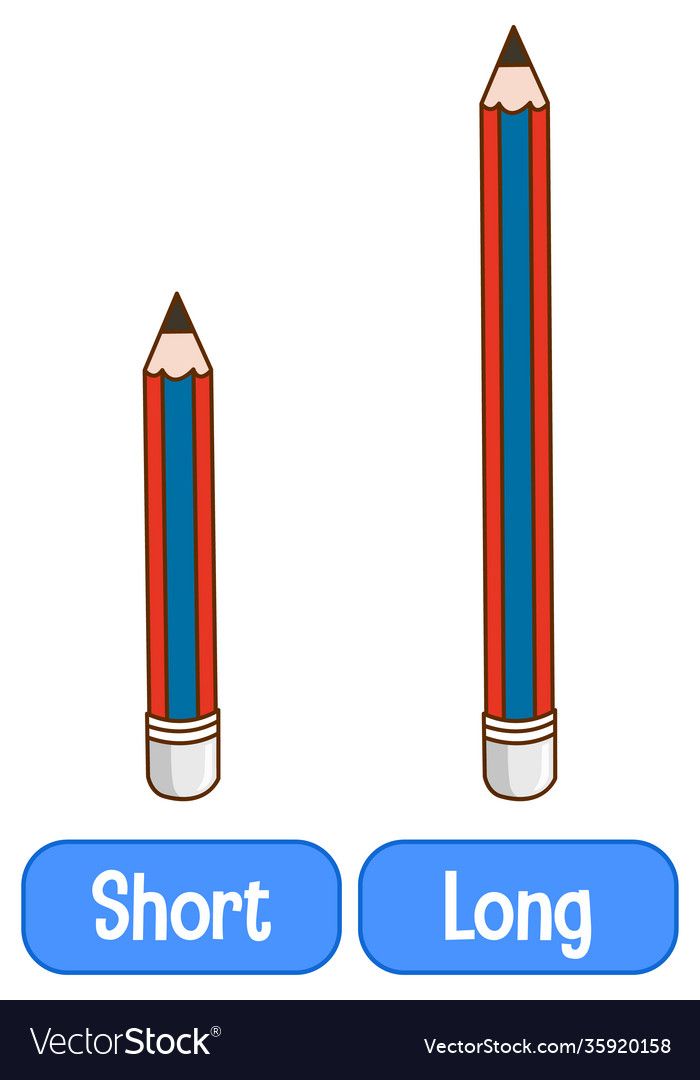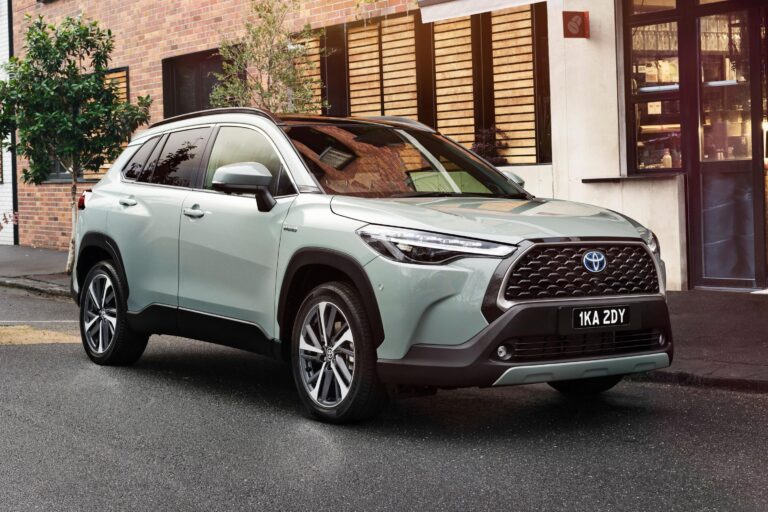18 Wheeler Junkyard Near Me: Your Ultimate Guide to Salvage Heavy-Duty Truck Parts
18 Wheeler Junkyard Near Me: Your Ultimate Guide to Salvage Heavy-Duty Truck Parts cars.truckstrend.com
Introduction: Unearthing Value in the World of Heavy Haulage
For anyone involved in the demanding world of commercial trucking – be it owner-operators, fleet managers, or independent mechanics – the phrase "18 Wheeler Junkyard Near Me" isn’t just a search query; it’s a lifeline. These specialized salvage yards, often sprawling across acres, are far more than mere repositories for discarded metal. They are vital hubs for cost-effective, often rare, and environmentally conscious solutions for maintaining the colossal workhorses of our economy.
18 Wheeler Junkyard Near Me: Your Ultimate Guide to Salvage Heavy-Duty Truck Parts
An 18-wheeler junkyard, or heavy-duty truck salvage yard, is a facility dedicated to dismantling, storing, and selling used parts from semi-trucks, tractors, trailers, and other large commercial vehicles. Unlike general automotive junkyards, these yards specialize in the massive components, complex systems, and unique needs of big rigs. In an industry where new parts can cost thousands, even tens of thousands of dollars, the ability to source reliable, pre-owned components can mean the difference between keeping a truck on the road and facing crippling downtime or exorbitant repair bills. This comprehensive guide will navigate the landscape of 18-wheeler junkyards, offering insights, practical advice, and actionable strategies to leverage these invaluable resources.
Understanding the Heavy-Duty Salvage Landscape
The world of 18-wheeler junkyards is distinct from your average car salvage yard. Here, the scale is immense, and the expertise required is specialized. These yards typically acquire trucks that have been in accidents, suffered catastrophic mechanical failures, or reached the end of their operational life, but still possess numerous functional components.
Types of 18-Wheeler Junkyards:
- Dedicated Heavy-Duty Salvage Yards: These are facilities exclusively focused on commercial trucks and trailers. They often have experienced staff who understand the intricacies of various truck makes (Freightliner, Peterbilt, Kenworth, Volvo, International, Mack, etc.) and can assist in locating specific parts.
- Mixed Salvage Yards with Heavy Sections: Some larger junkyards might have a dedicated section for heavy-duty vehicles alongside passenger cars. While convenient, their inventory might be less comprehensive for trucks.
- Online Salvage Networks: The digital age has brought virtual junkyards. Many physical yards list their inventory online, and some platforms specialize in connecting buyers with heavy-duty salvage parts from multiple locations, expanding your "near me" search to a national level.

Why Choose an 18 Wheeler Junkyard for Parts? Key Benefits and Considerations
The decision to opt for used parts from a junkyard often boils down to a blend of practical and economic factors.
Core Benefits:
- Significant Cost Savings: This is undoubtedly the primary driver. Used parts can be 50-80% cheaper than new OEM (Original Equipment Manufacturer) parts and often substantially less than aftermarket alternatives. For a major component like an engine or transmission, this translates to savings of thousands of dollars.
- Availability of Obsolete or Rare Parts: For older truck models, new parts may no longer be manufactured or are extremely hard to find. Junkyards become treasure troves for these discontinued components, keeping vintage or legacy trucks operational.
- OEM Quality (Used): When you buy a used OEM part, you’re getting a component that was designed and built to the manufacturer’s original specifications, often superior in quality to some aftermarket options, even if it has mileage on it.
- Reduced Downtime: Parts at a junkyard are typically available immediately. Unlike ordering new parts, which can involve shipping delays, you can often pick up what you need the same day, minimizing a truck’s time off the road.
- Environmental Sustainability: By utilizing salvaged parts, you contribute to a circular economy. You reduce the demand for new manufacturing, conserve raw materials, and keep functional components out of landfills, promoting eco-friendly practices.


Important Considerations and Potential Challenges:
- Part Condition Variability: This is the biggest gamble. Parts range from excellent, nearly new condition to heavily worn or damaged. Thorough inspection is paramount.
- Limited or No Warranty: Most junkyard parts come with a very limited warranty, if any. Some reputable yards might offer a short-term guarantee (e.g., 30 days for mechanical parts), but it’s not the norm for every item.
- Compatibility: Ensuring the part fits your specific truck’s make, model, year, and even VIN-specific variations can be complex.
- Labor for Removal: Many yards operate on a "U-Pull-It" basis, meaning you’re responsible for removing the part yourself, which requires tools, knowledge, and physical effort.
- Distance: While you’re searching for "near me," the closest specialized 18-wheeler junkyard might still be a significant drive, especially in rural areas.
How to Find the Right 18 Wheeler Junkyard "Near Me": A Practical Guide
Locating the ideal heavy-duty salvage yard requires a strategic approach.
- Leverage Online Search Engines & Maps:
- Keywords: Use precise terms like "18 wheeler salvage yard," "semi truck junkyard," "heavy truck parts used," "commercial truck wrecking yard," "big rig salvage," followed by your city, state, or "near me."
- Google Maps: This is your best friend. Search directly on Google Maps to visualize locations and see customer reviews.
- Specialized Directories and Marketplaces:
- Websites like TruckPaper.com, MyLittleSalesman.com, and specific heavy-duty salvage directories often list junkyards and their inventories.
- Online heavy equipment forums and trucking community groups can also offer recommendations.
- Networking with Professionals:
- Local Truck Repair Shops: Mechanics who specialize in heavy-duty vehicles often have established relationships with junkyards and can provide invaluable referrals.
- Fellow Truckers: Word-of-mouth is powerful in the trucking community. Ask other owner-operators or fleet managers for their trusted sources.
- Call Ahead: Before making a trip, always call the junkyard.
- Inquire about their inventory for your specific part (provide VIN, make, model, year).
- Ask about their operating hours, payment methods, and whether they are "U-Pull-It" or if staff pull parts for you.
- Understand their return or exchange policy.
Navigating the Junkyard: Tips for a Successful Visit
A well-prepared visit can save you time, money, and frustration.
Before You Go:
- Know Your Part: The more information you have, the better. Bring the truck’s VIN, exact make, model, year, engine type, transmission type, and if possible, the specific part number of the component you need. Photos of the old part can also be extremely helpful.
- Assemble Your Toolkit:
- Basic Hand Tools: Socket sets, wrenches (metric and standard), screwdrivers, pliers.
- Specialized Tools: Depending on the part, you might need pry bars, cut-off wheels (check junkyard rules on power tools), or specific removal tools.
- Safety Gear: Sturdy boots, work gloves, safety glasses, and long sleeves are essential. Junkyards can be hazardous.
- Measurement Tools: Tape measure, calipers for verifying dimensions.
- Cleaning Supplies: Rags, wire brush.
- Container/Bag: To carry smaller parts.
- Camera: For taking reference photos or documenting part condition.
- Check Policies: Confirm payment methods (some are cash-only), entry fees (if any), and whether you can bring power tools.
During Your Visit:
- Ask for Assistance: Don’t hesitate to ask staff for guidance. They often know their inventory better than anyone and can point you to the right section or even the exact truck.
- Inspect Thoroughly: This is critical.
- Visual Inspection: Look for cracks, excessive rust, bends, impact damage, or signs of overheating.
- Functionality Check (if possible): For mechanical parts, check for movement, play, or resistance.
- Electrical Parts: Check for frayed wires, burnt connectors, or corrosion.
- Fluid Leaks: For engines or transmissions, check for oil or coolant residue that indicates a leak.
- Compare: If multiple identical parts are available, compare their condition.
- Negotiate (Respectfully): While not always possible, some yards might be open to slight negotiation, especially if you’re buying multiple items or a particularly large/difficult-to-remove part.
- Understand Return Policies: Most used parts are sold "as-is." Be clear about any warranty or return options before purchasing.
Common Parts Found at 18 Wheeler Junkyards
The inventory at an 18-wheeler junkyard can be vast, covering almost every component of a heavy-duty truck.
- Engine Components: Cylinder heads, blocks, turbochargers, fuel injectors, oil pans, intake manifolds, exhaust manifolds.
- Drivetrain & Transmission: Complete transmissions (manual/automatic), differential carriers, axles, driveshafts, universal joints.
- Cab & Interior: Doors, sleeper parts, dashboards, instrument clusters, seats (air ride and static), mirrors, steering columns.
- Chassis & Frame: Frame sections, suspension components (leaf springs, air bags, shock absorbers), steering boxes, tie rods, kingpins.
- Brake System: Air brake chambers, slack adjusters, brake drums, calipers, air tanks.
- Electrical & Lighting: ECUs (Engine Control Units), wiring harnesses, alternators, starters, headlight assemblies, tail lights.
- Exterior Body Panels: Hoods, grilles, fenders, bumpers, fairings.
- Wheels & Tires: Steel and aluminum rims, sometimes serviceable tires.
Price Guide: Estimated Cost Savings at an 18 Wheeler Junkyard
The allure of a junkyard is often the significant cost savings. While prices vary widely based on condition, rarity, and location, here’s a general comparison to illustrate the potential savings:
| Part Category | Example Part | Used Junkyard Price Range (USD) | New OEM/Aftermarket Price Range (USD) | Estimated Savings (%) |
|---|---|---|---|---|
| Engine Components | Turbocharger (used) | $300 – $1,500 | $1,500 – $4,000 | 60-80% |
| Cylinder Head | $500 – $2,000 | $2,000 – $5,000 | 50-75% | |
| Drivetrain | Transmission (used) | $1,000 – $5,000 | $5,000 – $15,000 | 65-85% |
| Differential | $800 – $3,000 | $3,000 – $8,000 | 60-70% | |
| Cab & Interior | Driver’s Air Seat | $150 – $600 | $600 – $2,000 | 70-80% |
| Door Assembly | $200 – $800 | $800 – $2,500 | 75-85% | |
| Chassis & Frame | Leaf Spring | $50 – $200 | $200 – $500 | 60-75% |
| Steel Wheel Rim | $75 – $150 | $150 – $300 | 50-60% | |
| Exterior Body | Hood Assembly | $400 – $1,500 | $1,500 – $4,000 | 70-80% |
| Bumper | $200 – $700 | $700 – $2,000 | 70-80% | |
| Electrical | ECU (Engine Control Unit) | $300 – $1,000 | $1,000 – $3,000 | 60-70% |
| Headlight Assembly | $50 – $250 | $200 – $700 | 70-80% |
Disclaimer: These prices are estimates and can fluctuate significantly based on the specific truck model, part condition, junkyard’s pricing policy, and current market demand. Always verify current pricing directly with the salvage yard.
Frequently Asked Questions (FAQ) About 18 Wheeler Junkyards
Q1: What exactly is an 18-wheeler junkyard?
A1: It’s a specialized salvage yard that acquires, dismantles, and sells used parts from heavy-duty commercial trucks, semi-trucks, and sometimes trailers. They are distinct from typical car junkyards due to the size and complexity of the vehicles.
Q2: Are parts from 18-wheeler junkyards reliable?
A2: The reliability varies greatly. Many parts are perfectly functional and offer excellent value. However, it’s crucial to thoroughly inspect parts yourself before purchase, as they are used and often come with limited or no warranty.
Q3: Do junkyards offer warranties on used parts?
A3: Generally, warranties are rare or very limited (e.g., 7-30 days) for used parts. Always clarify the junkyard’s policy before making a purchase. Some higher-end heavy-duty recyclers might offer more robust guarantees on tested components.
Q4: Can I sell my old or wrecked 18-wheeler to a junkyard?
A4: Yes, most 18-wheeler junkyards also purchase salvage trucks, whether they’re wrecked, non-running, or simply at the end of their useful life. Contact them directly to inquire about their buying process and pricing.
Q5: What tools should I bring to a "U-Pull-It" 18-wheeler junkyard?
A5: A comprehensive set of metric and standard wrenches and sockets, screwdrivers, pliers, a pry bar, a hammer, safety glasses, gloves, sturdy footwear, and possibly a headlamp or flashlight. For larger components, a reciprocating saw or grinder might be necessary, but always confirm junkyard rules on power tools.
Q6: How do I ensure a part will fit my specific truck?
A6: The best way is to have your truck’s VIN (Vehicle Identification Number) and the part number of the component you need. Also, know the exact make, model, and year of your truck, and compare the old part with the one you intend to buy. When in doubt, consult a mechanic or the junkyard staff.
Q7: Is it safe to visit an 18-wheeler junkyard?
A7: Reputable junkyards prioritize safety, but they are industrial environments with inherent risks (uneven terrain, sharp metal, heavy objects). Always wear appropriate safety gear, stay aware of your surroundings, and follow any posted rules or staff instructions.
Q8: Do all 18-wheeler junkyards allow you to pull your own parts?
A8: No. Some are "full-service," meaning their staff remove and inspect parts for you. Others are "U-Pull-It" yards, where you remove the parts yourself. Always confirm their policy when you call.
Conclusion: A Smart Solution for the Road Ahead
The search for "18 Wheeler Junkyard Near Me" leads to a vital, often underestimated, resource for the commercial trucking industry. These specialized salvage yards offer a powerful trifecta of benefits: significant cost savings, the availability of hard-to-find parts, and a positive environmental impact through recycling. While they require careful preparation, thorough inspection, and an understanding of their operational nuances, the rewards can be substantial, helping to keep the wheels of commerce turning without breaking the bank.
By embracing the practical advice outlined in this guide – from strategic searching and meticulous preparation to informed decision-making during your visit – you can effectively navigate the world of heavy-duty salvage. An 18-wheeler junkyard isn’t just a place where trucks go to die; it’s a place where they give life to others, ensuring the longevity and affordability of our nation’s crucial trucking fleet. It’s a smart, sustainable, and economically sound choice for any truck owner or fleet manager.






